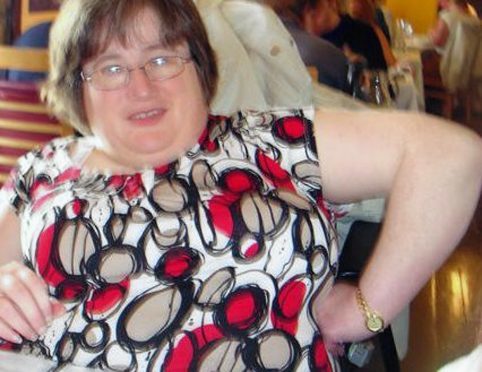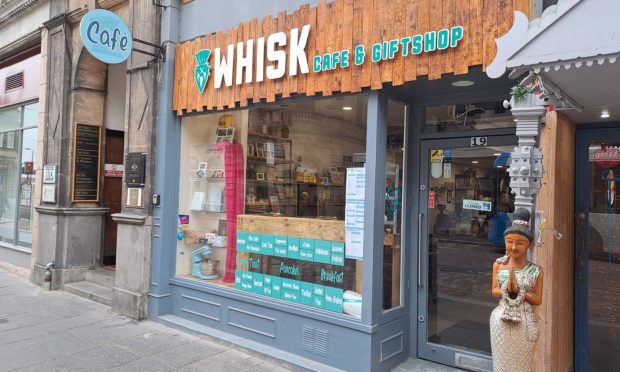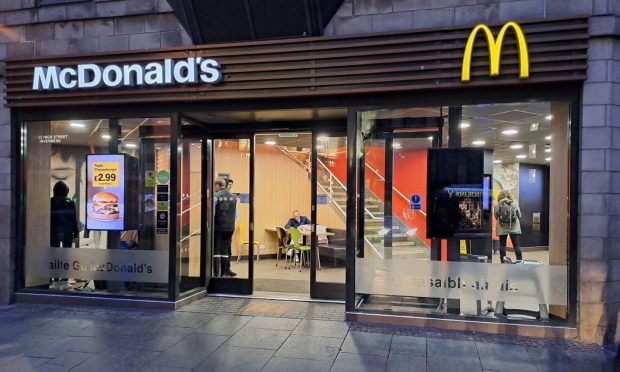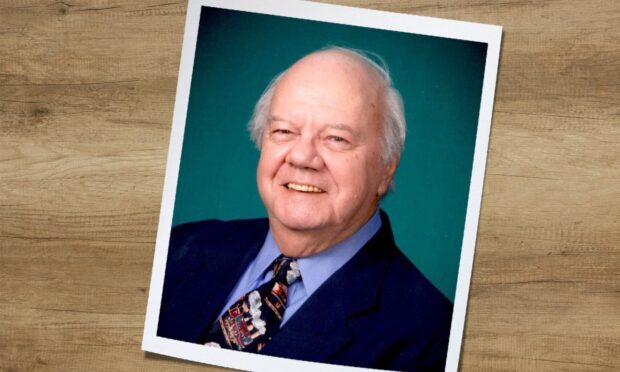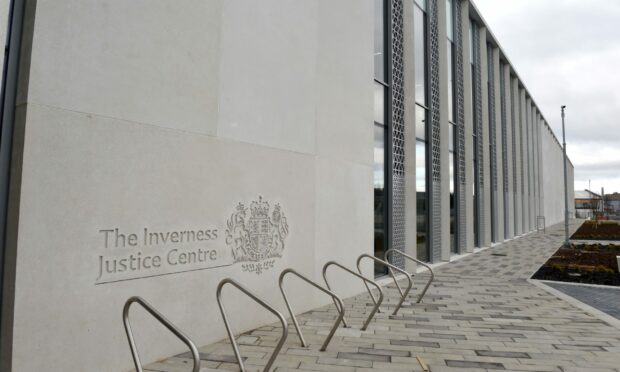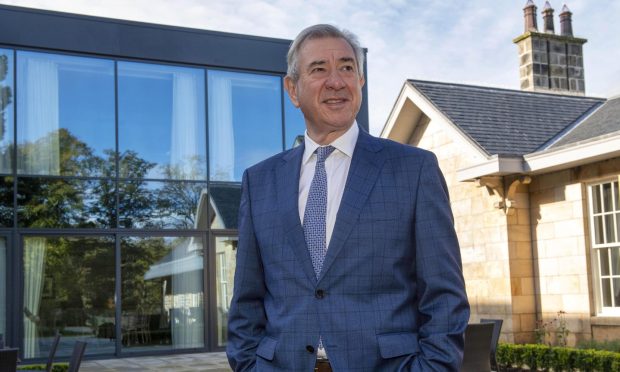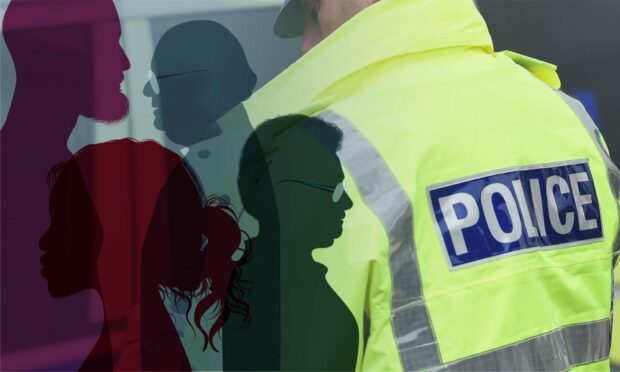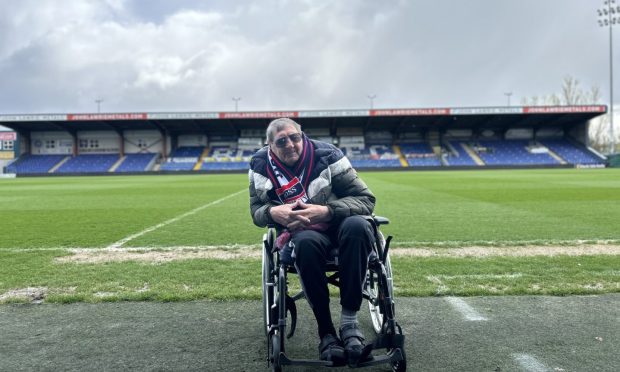A woman broke down yesterday as she recalled the dramatic moment she tried in vain to save her wheelchair-bound neighbour from dying in an Inverness flat fire.
Susan Scott fought back the tears as she remembered seeing smoke coming from under the door of her “lovely” friend Barbara Anderson.
The 51-year-old spina bifida sufferer was overcome by fumes after a blaze broke out at her home in Leyton Drive, Hilton, in August 2013.
It later emerged that there had been a malfunction with the Telecare alarm unit that had been fitted in the flat, and that it failed to alert the central call centre.
Her family and north MSP John Finnie successfully fought a campaign for a fatal accident inquiry to be held into the death.
The proceedings got under way in the city yesterday.
On the first day of evidence, witnesses also said that Ms Anderson – who was known as Babs – had indicated that she was having difficulty operating her wheelchair about a week before her death.
Ms Scott, a 47-year-old secretary, recalled how she followed her usual morning routine on August 6, after being wakened by her alarm at 6.50am.
She said: “I lived in the flat above Barbara. I knew her for a long time. She was a lovely lady, very independent, cheerful and well-liked.
“I heard an alarm go off and went out of my flat and realised it was a smoke alarm. But I couldn’t tell where it was coming from. There was no smell of smoke and I couldn’t see any.
“I went into my bedroom and I could hear noise from downstairs and then I could hear Barbara. I went downstairs again and I could see smoke coming from Barbara’s and I was banging on her door.”
Ms Scott became emotional and took a few seconds to compose herself before continuing her traumatic evidence in tears.
She said that after calling the emergency services she tried all of the windows around the house, but none of them were open.
She added: “I couldn’t see anything to break the windows and then someone came out and I asked him to help me.
“But by this time I could hear the ambulance and fire brigade coming down the street.”
Following Ms Scott’s evidence, two of Ms Anderson’s home carers, Pauline Johnstone and Sophie Henderson, told the inquiry that she was having problems operating the wheelchair about a week before her death.
They said that they had advised her to call the wheelchair repair service.
Workshop manager Gordon Gray then gave evidence that Ms Anderson had left a message on the office answering machine five days before her death, stating that the chair control panel lights were “flashing off and on” and that “it felt as if there was a loose connection” between the panel and underlying wiring.
Mr Gray, who was away on holiday when Ms Anderson called, said he first heard the message a day after he returned to work – also the day after Ms Anderson’s death.
He said that his colleague, Andrew House, a quality and product manager based at Raigmore Hospital, was covering but failed to check the phone messages which are flagged up on the office computer’s e-mail system.
Emma Toner, solicitor for Penny & Giles Controls Ltd, the firm which makes the joystick controls for the wheelchair, asked Mr Gray if he had ever come across a loose connection in a controller such as this causing a fire, to which he replied: “No, never.”
Mr House is expected to give his evidence today as the inquiry continues.
Ms Anderson was declared dead after being pulled from her flat by firefighters. The disclosure raised questions about the whole Telecare system and prompted NHS Highland to launch a region-wide equipment review.
Ms Anderson had worked at Inverness Castle and latterly at Burnett Road police station as a courts and warrants assistant, taking early retirement in 2011.
Her sister, Darlene Kocsis, who lives in Canada, is attending the inquiry.
